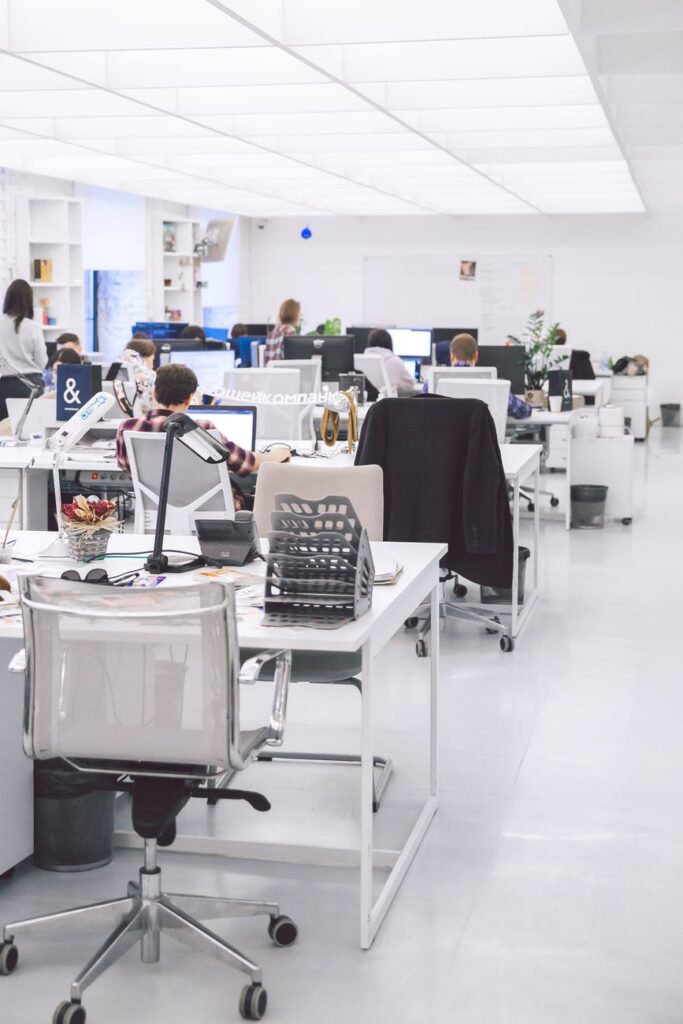Returning to work
We are (at least for some organisations) heading to the point where businesses will be telling their employees that returning to work at their offices is an option.

Given the lack of Covid-19 testing, this does bring its challenges and risks. We know that social distancing measures are going to be in place for some time, quite possibly until a vaccine is in place.
Different industries will be looking at how they manage this return to work both for employees and consumers. Many will look to China and how they are managing post-lockdown. Retail businesses will be looking at consumer habits and adjusting accordingly once they open fully. Manufacturing will be ramping up activities with a view to increasing production but this will be against a backdrop of measures, processes and procedures that limit social contact. So, for retail on the High Street, this will mean lower footfall, and queues and limiting the number of people inside stores For manufacturing, this could mean running at lower output levels with fewer employees on site for example.
How the UK moves from a general lockdown and furlough situation to some semblance of normality still is not 100% clear. It is likely to come in waves, driven by economic and consumer demand (many governments will be running a deficit for many years to come) and desperation from businesses to restart income streams.
For some businesses, the return will be quick as demand will be high. Dentists and Barbers for example and then you can factor in bars and restaurants. Having been isolated for many weeks, there can easily be a demand for this very quickly. However, for some, such as the airline industry, normal (whatever that may be) is much further away, quite likely 2021/22.
How will returning to work affect employees?
After so long being told to isolate and keep a safe distance from each other, returning to work could be very daunting for some. It will not surprise me to see people reluctant to return to their offices, especially if they feel their organisation has not done enough to ensure their safety. So, HR again will find itself at the centre of another upheaval and change. Ensuring that everything from additional cleaning is in place, managing employee numbers returning to the office and access to and from areas to limit social contact. This is going to require clear communication, training, support and assistance of employees returning to work. The mental and emotional stress related to coming back to the work environment needs to be carefully managed.
There are going to be barriers as well – childcare, schooling and social care are all going to have to be phased in before returning to work is possible for some. We are likely to see many still working from home as others return to their original places of work. Employers, legally, have a relatively low risk in asking their people to return to work provided they have the right elements in place to ensure their work environment is safe, reputationally, however, there is a significant risk.
Keeping your people informed of what your plans are is critical and important – gaining their feedback is also a sensible approach. If you haven’t already – consider going out to your people to seek their thoughts, feelings and concerns around returning to work and what they feel they need to see in place to ensure as smooth a transition as possible.
For more information on how we can help with such an exercise using our employee survey services, please drop me an email at gary.cattermole@surveyinitiative.co.uk. Or contact the team should you wish to discuss how our 360 feedback surveys, pulse surveys or general staff surveys can give profound employee insights.